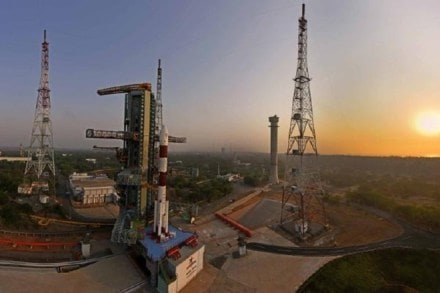Up to 5,000 people can watch the PSLV launch with one Indian and 28 international satellites on April 1 from the viewing gallery being inaugurated at India’s launch site in Sriharikota, Andhra Pradesh. The viewing gallery has a clear line of sight to the two launch pads on the island. The seats for the viewing gallery can be booked on the official website of Satish Dhawan Space Centre (https://www.shar.gov.in/VSCREGISTRATION/index.jsp) and registered spectators can enter free using any government-issued photo identity card. Sriharikota is an island that can be reached in two hours by the road from Chennai or a train to Sullurpeta with public and private transport also take you to the island.
The 47th journey of India’s polar satellite launch vehicle (PSLV) carrying aboard an Indian satellite to measure electromagnetic spectrum along with 28 international commercial satellites takes off on April 1, followed by the launch of India’s second mission to the moon.
In these two of the outreach programmes, the seating capacity of the gallery will be increased to accommodate 10,000 people from the current 5,000. A rocket garden and a space museum are also planned at the site, with life-sized ISRO launch vehicles and photo points.
Also Read: A-SAT Mission Shakti: A project that made rocket science look simpler than politics
ISRO’s Tweet:
???????? #ISROMissions ????????
Phase-1 of visitors’ gallery, with 5000 capacity, will go live at SDSC in Sriharikota on March 31. It has a clear line of sight to 2 launch pads. Large screens placed to explain launcher\satellite features.
Our #PSLVC45 April 1 launch updates to continue. pic.twitter.com/bHVFuOdTYC
— ISRO (@isro) March 30, 2019
It will also have the sounding rockets used by ISRO to probe the atmosphere, India’s first experimental satellite launch vehicle (SLV), the all solid-fuel engine Augmented Satellite Launch Vehicle (ASLV) that had four development flights between 1988 and 1992, along with the currently operational launch vehicles. Visitors will be able to enter the launch vehicles.
The space museum will trace the history of ISRO since its inception and have six sections on its history, the technology, and applications.
